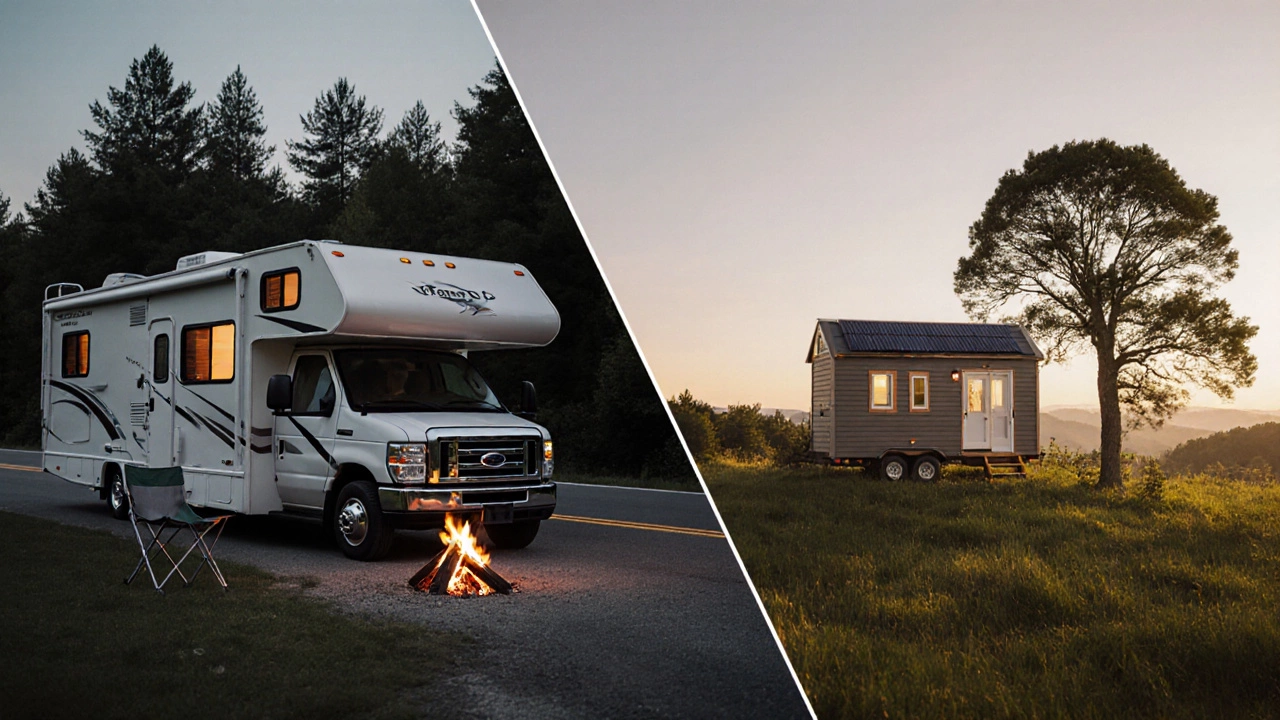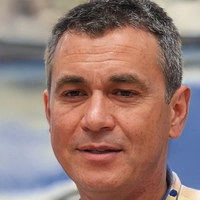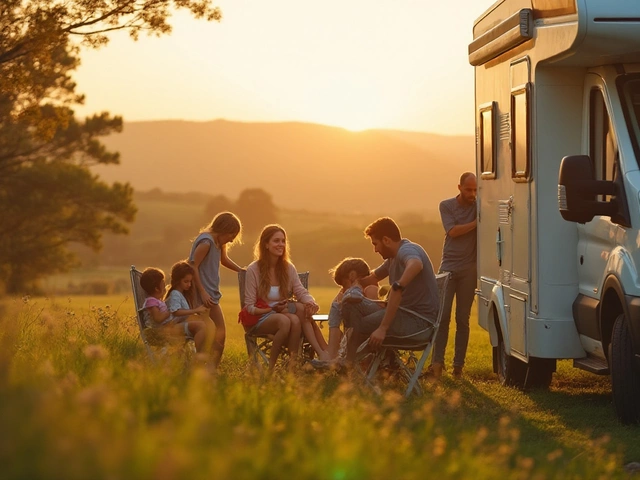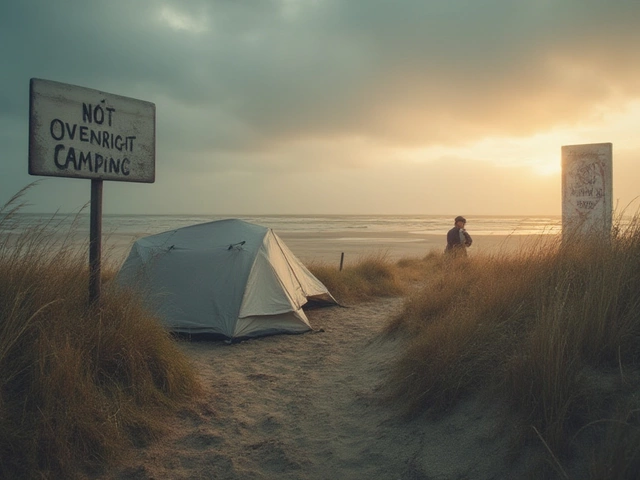RV vs Tiny Home Cost Calculator
Your RV Details
Your Tiny Home Details
Annual Cost Comparison
RV Living
AU$0
Tiny Home
AU$0
Difference:
RV Cost Breakdown
- Fuel: AU$0
- Campsite Fees: AU$0
- Insurance: AU$0
- Maintenance: AU$0
Tiny Home Cost Breakdown
- Land Lease: AU$0
- Utilities: AU$0
- Insurance: AU$0
- Maintenance: AU$0
When you ask yourself whether RV living or a tiny home is cheaper, you’re really weighing two very different ways of staying mobile. Both promise freedom from a traditional lease, but the price tags differ wildly depending on where you live, how often you travel, and what level of comfort you expect.
What “cheaper” really means
Cost isn’t just the purchase price. To get a clear picture you need to add up recurring expenses - fuel, electricity, water, campsite fees, insurance, maintenance, and even taxes. Think of it as a monthly budget rather than a one‑off bill.
Breaking down the RV budget
RVs come in many shapes: motorhomes, Class A, B, and C models, and towable campervans. Here’s how the numbers stack up in Australia, the U.S., and the UK.
- Purchase or hire - A new motorhome can cost AU$150,000‑$300,000. Many choose to motorhome hire for short trips; weekly rates hover around AU$1,200‑$2,000.
- Fuel - Diesel consumption averages 12‑15 L/100 km. At AU$1.80 per litre, a 15,000 km year adds roughly AU$3,200.
- Campsite fees - Powered sites in NSW cost AU$45‑$70 per night. Assuming 100 nights, that’s AU$5,000‑$7,000.
- Insurance - Comprehensive policies run AU$1,200‑$2,500 annually.
- Maintenance & repairs - Budget AU$1,000‑$2,000 each year for servicing, tyre replacement, and unexpected fixes.
Running the tiny home numbers
A tiny home can be a prefab cabin, a converted shipping container, or a DIY build on a trailer. The upfront cost varies, but the ongoing expenses are often lower because you’re not paying for a vehicle.
- Purchase or build - Prefab models in Australia start around AU$80,000 and can exceed AU$150,000 for luxury finishes.
- Land lease or purchase - Renting a tiny‑home‑friendly plot costs AU$150‑$300 per week in regional areas; buying land adds a mortgage of AU$200‑$400 per month.
- Utilities - Solar panels can shave off up to AU$800 in electricity bills yearly. Water and sewage connections average AU$600‑$1,000.
- Insurance - Similar to a caravan, about AU$800‑$1,200 per year.
- Maintenance - Less mechanical wear means AU$500‑$1,000 annually.

Real‑world examples from the Southern Hemisphere
Emily, a freelance photographer from Melbourne, bought a 30‑foot Class C motorhome for AU$180,000 in 2022. She drives 12,000 km a year, stays in paid sites 80 nights, and spends AU$4,500 on fuel. Her total annual outlay sits at roughly AU$13,000.
James and Maya, a couple from Brisbane, opted for a 25 m² prefabricated tiny home on a 0.5‑acre lease. Their land costs AU$250 per week, they generate most electricity with a 3 kW solar array, and they pay AU$900 for water. Their yearly cost totals about AU$9,500.
Side‑by‑side cost comparison
| Expense | RV living | Tiny home |
|---|---|---|
| Purchase amortisation* (5‑year) | AU$30,000 | AU$16,000 |
| Fuel / land lease | AU$3,200 | AU$13,000 |
| Campsite / utilities | AU$6,500 | AU$1,500 |
| Insurance | AU$1,800 | AU$1,000 |
| Maintenance | AU$1,500 | AU$800 |
| Total | AU$42,000 | AU$33,300 |
*Amortisation spreads the upfront purchase price over five years, a common loan term for both options.
Decision checklist - what matters to you?
- Do you need a vehicle that can drive long distances without a trailer? RV living cost may justify the extra fuel.
- Is permanent land ownership or a long‑term lease part of your plan? Tiny homes shine when you can settle in one spot.
- How important is flexibility? An RV can hop between states in a weekend; a tiny home usually stays put.
- What’s your comfort threshold? Luxury fittings, full kitchens, and bathroom sizes are generally larger in RVs.
- Are you comfortable with maintenance? Motorhomes have engine wear, while tiny homes deal more with structural wear.
Hidden costs to watch out for
Both lifestyles have expenses that creep up over time.
- Depreciation - RVs lose value faster than a stationary tiny home.
- HOA or community fees - Some tiny‑home villages charge monthly dues.
- Road taxes and registration - Motorhomes are classified as heavy vehicles in many regions.
- Winterisation - Insulating an RV for cold months can add AU$1,000‑$2,000.
- Land‑use permits - Certain councils require special zoning for tiny homes.
Bottom line
If your primary goal is to travel extensively and you don’t mind higher fuel and campsite fees, an RV can be the cheaper route in the short term, especially when you rent instead of buying. If you prefer a semi‑permanent base, lower ongoing costs, and the freedom to customise your space, a tiny home usually wins the long‑run budget battle.
Can I rent an RV instead of buying?
Yes, many companies offer weekly or monthly hire. Renting removes depreciation and upfront financing, but you’ll pay higher daily rates and still cover fuel and campsite fees.
Do I need a special licence to drive a motorhome?
In Australia a standard car licence (Class C) covers motorhomes up to 4.5 tonnes. Larger Class A vehicles require a heavy‑vehicle licence.
Is it legal to park a tiny home on public land?
Generally no. Most councils classify tiny homes as dwellings, which need a land parcel with appropriate zoning. Some states allow short‑term stays on designated caravan parks.
How much does insurance cost for each option?
Motorhome insurance in Australia averages AU$1,500‑$2,500 per year, covering vehicle damage and liability. Tiny home insurance is similar to caravan cover, around AU$800‑$1,200 annually.
Which lifestyle has a lower carbon footprint?
A tiny home on renewable energy usually has a smaller footprint than an RV, which burns diesel. However, if you drive an RV infrequently, the difference narrows.






